Rimac Nevera Shatters 23 Performance Records in A Single Day, Does 0-100km/h in 1.81 Seconds
Since its debut, the Rimac Nevera electric hypercar has broken several speed records, making it one of the fastest-production electric vehicles in the world. Nevera now holds the records for achieving 0-400km/h in 21.32 seconds and 0-100km/h in 1.81 seconds.

Rimac has accomplished a lot in a single day, breaking nearly all of the hypercar industry's records for acceleration and braking, including going from a complete halt to 400km/h and back in less than 30 seconds. Electric vehicles can't yet outrun gas-fired behemoths like the SSC Tuatara at peak speed. Still, it would take a pretty exceptional combustion engine to approach a Model S at a stoplight and issue a challenge. Remarkable extents of automated accuracy in power distribution and traction control, instant torque, and the absence of clutches combine to provide some incredibly high-performance numbers. The Rimac Nevera, the fastest EV in the world, just got a tad speedier. Following a visit to Germany's Automotive Testing centre in late April, Rimac released a number of acceleration statistics that gave an overview of a vehicle that had reached a new level of performance while also taking at least one record away from Koenigsegg. Read on to know more about the range of records smashed by the hypercar.
Also Read: 412km/h Rimac Nevera is officially the fastest production EV
Rimac Nevera: New Records
An all-electric hypercar, Rimac Nevera broke the record by accelerating from 0 to 400km/h and back to a stop in an astounding duration of 29.93 seconds, setting a new standard for automotive excellence. This feat of engineering and performance is a significant achievement. With the goal to evaluate hypercars, the record measures acceleration, aerodynamics, peak speed, and stopping power.
With 23 independently validated speed records, the hypercar from the Croatian automaker with its headquarters in Sveta Nedelja has managed to claim the title for most performance records broken in a single day. In a blog post, Rimac claimed that the model "effortlessly smashed existing benchmarks, running again and again under full throttle conditions without a single reliability issue or any significant loss of performance." The two fastest speeds ever set by Nevera are the 0-400km/h in 21.32 seconds and the 0-100km/h in 1.81 seconds.
On an unprepared asphalt track, all the acceleration records were set using a typical one-foot rollout and road tyres (Michelin Cup 2 R). The records were independently confirmed by companies like Dewesoft and RaceLogic in addition to the company's own measurement tools.
Rimac Nevera: The Tech Behind the Impressive Feat
Rimac's Nevera has a battery pack, engine, and software that were all created in-house. Each of Nevera's four wheels is powered by a separate electric motor. At the back, a 1MW dual inverter configuration offers 900Nm of peak torque and 630bhp for each motor, while the front powertrain is completely customised to deliver optimal power and control, as per the firm. With a battery capacity of 120kWh, the overall power is 1,914bhp and 2,360Nm of maximum torque.
All systems are controlled by an intricate network of internally developed electronic control units, which operate together with an NVIDIA Pegasus-based supercomputer to compute and provide output to the four powertrain systems 100 times per second. The system name that unifies all of these elements and the software that controls them is Rimac All-Wheel Torque Vectoring 2.
According to Mate Rimac, founder and CEO of Rimac, "The Nevera can go from breaking records to driving over 300 miles on a charge, refilling from 0-80% in less than 20 minutes, and keeping the most demanding drivers in the world engaged." Meanwhile, in order to meet the increasing customer demands, Rimac is now producing the Rimac Nevera, which has a 150-unit manufacturing cap, in its plant close to Zagreb.
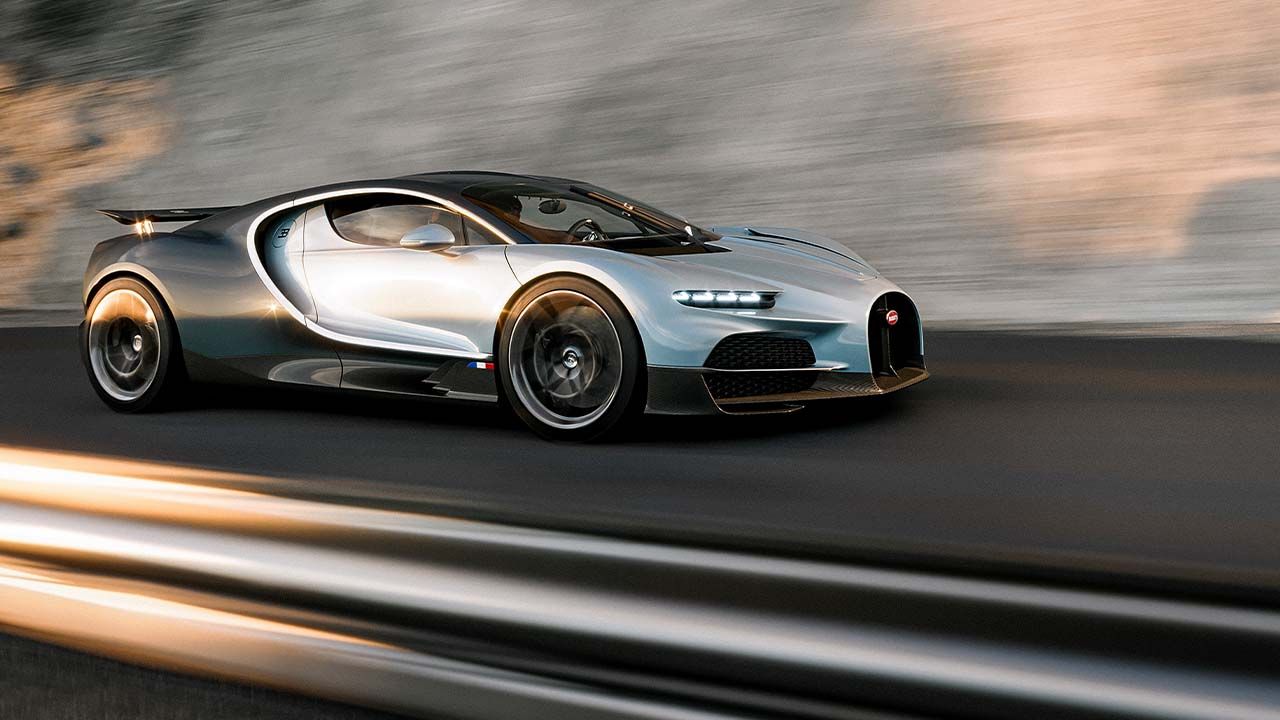
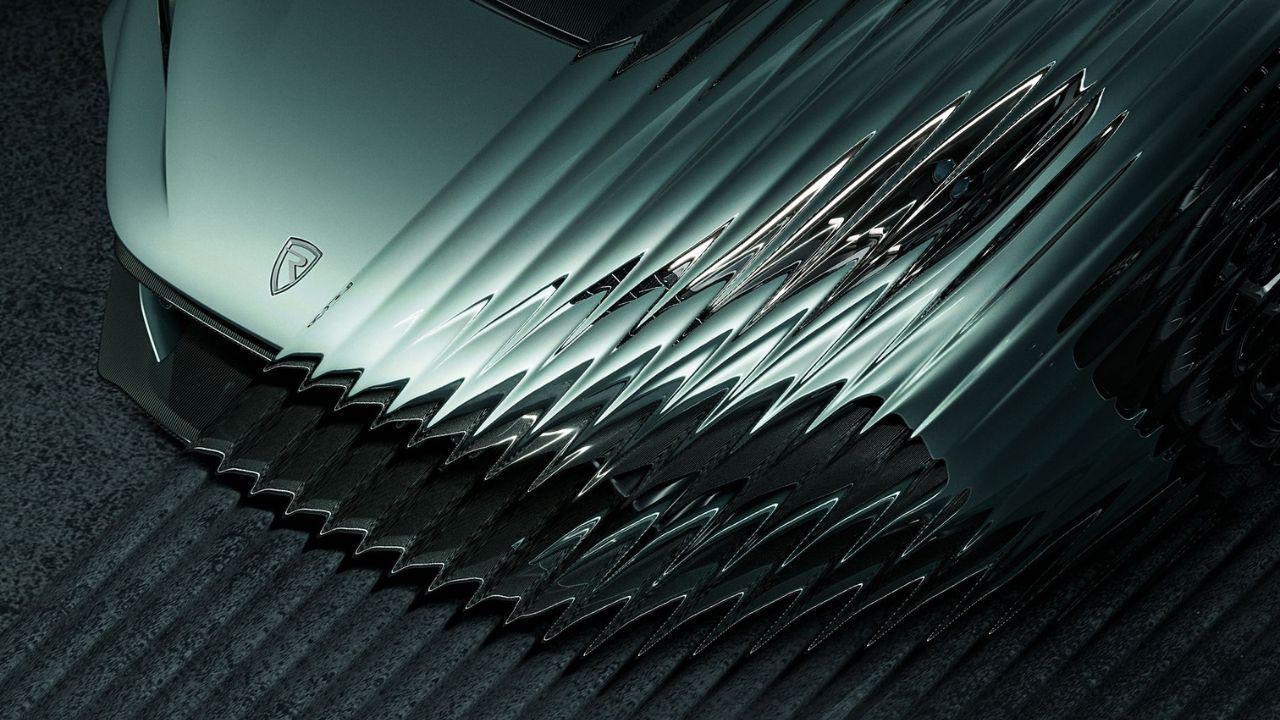
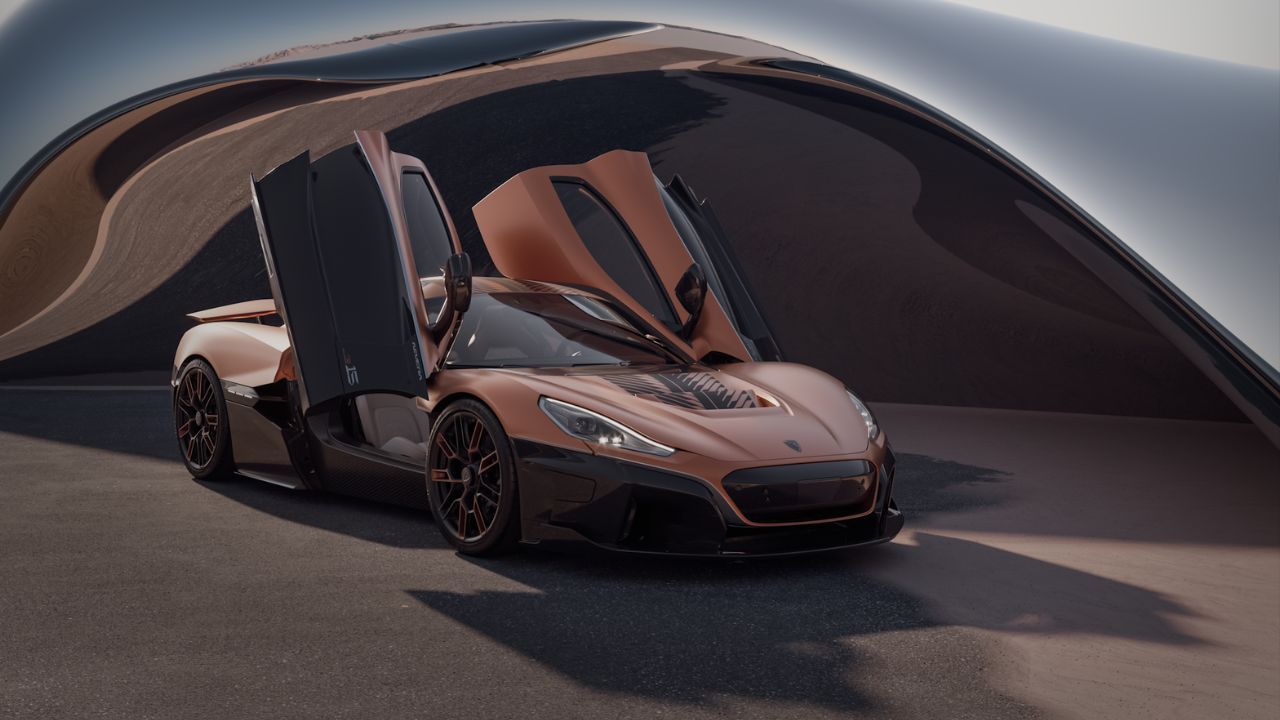
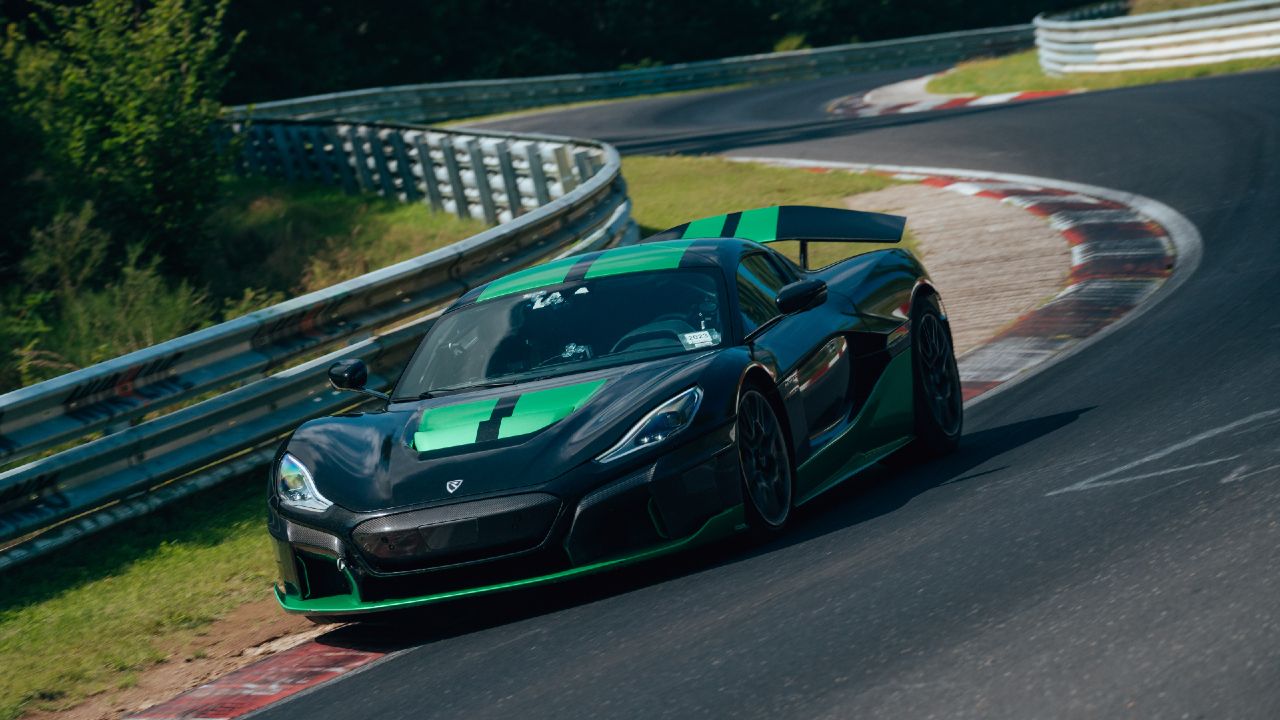
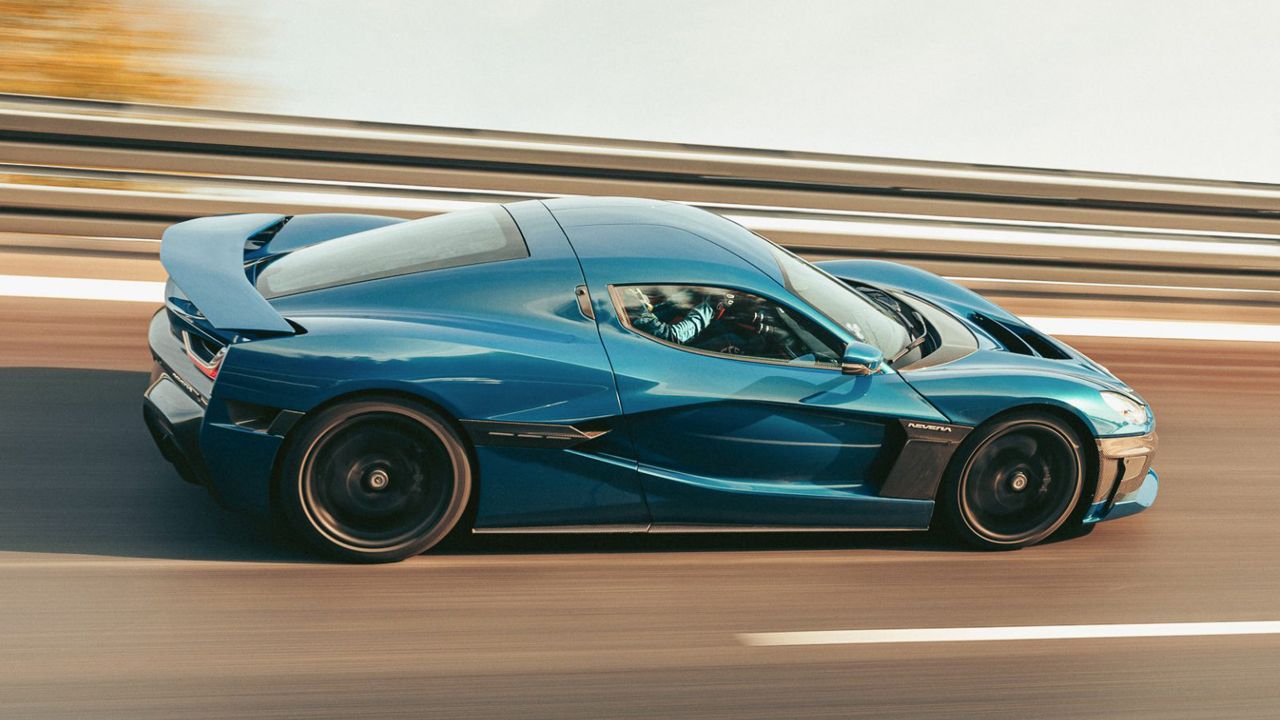
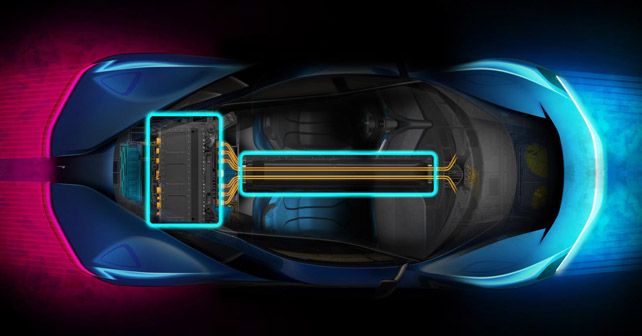
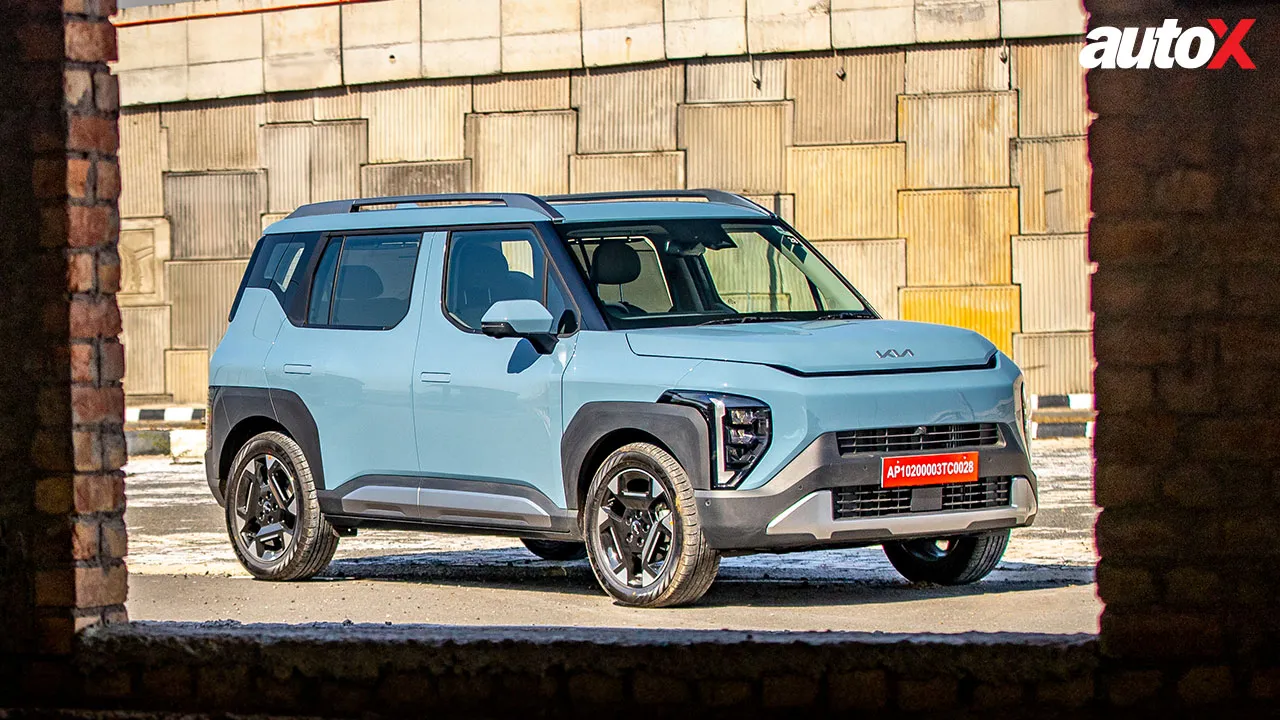
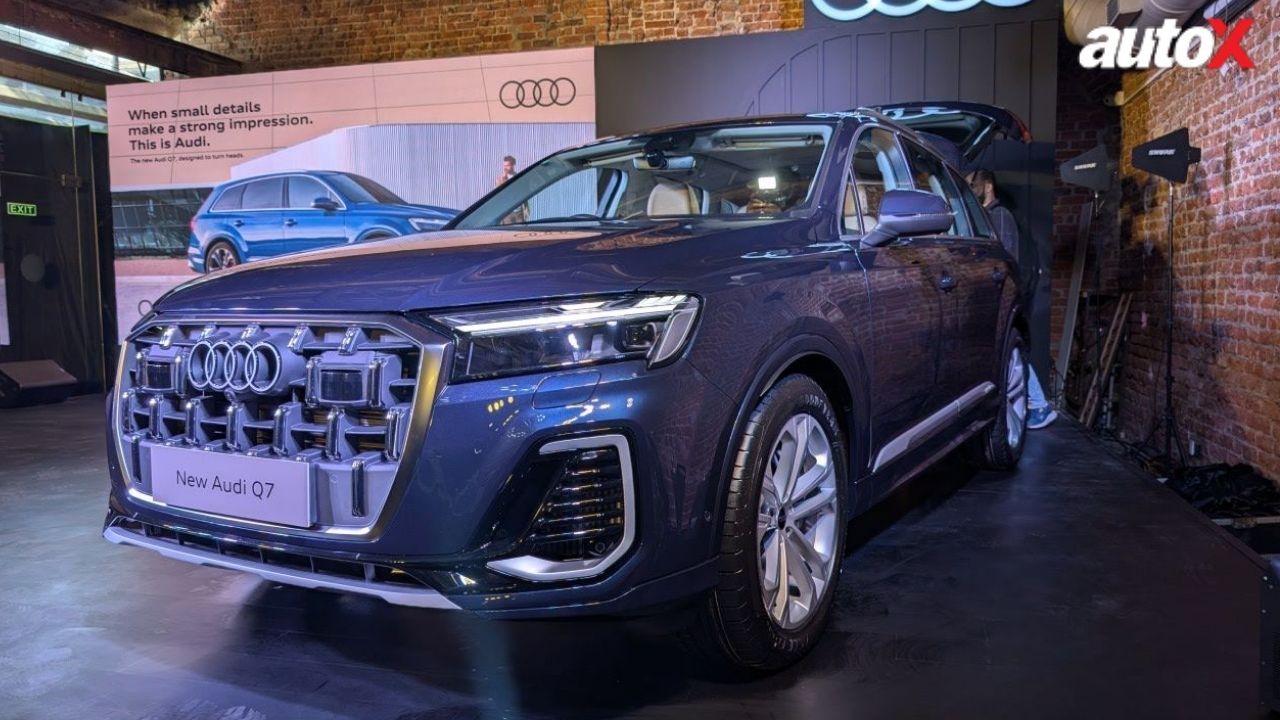
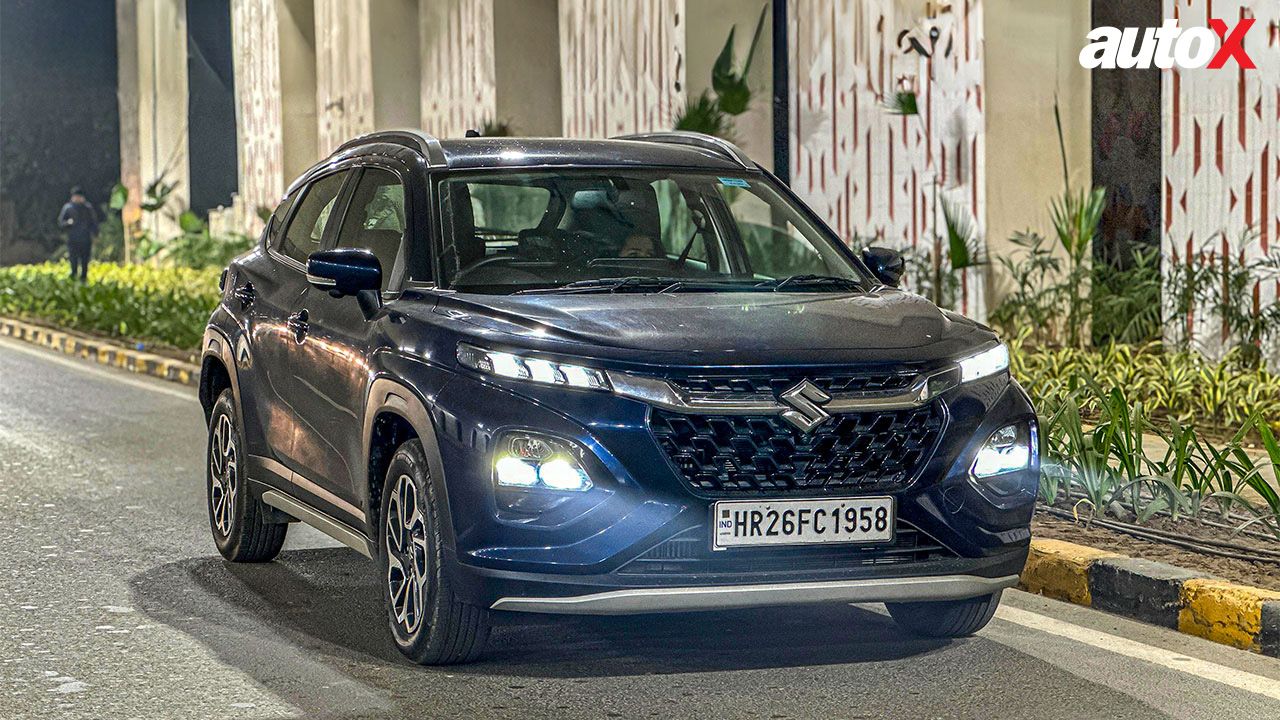
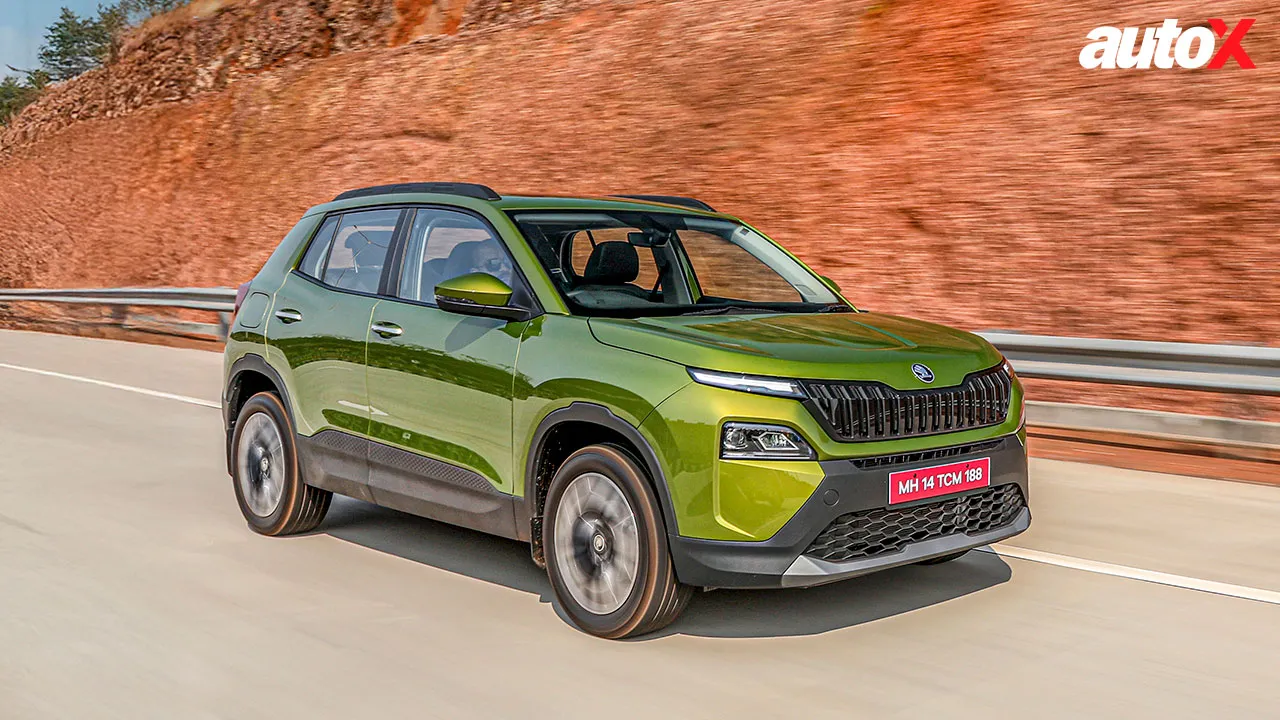
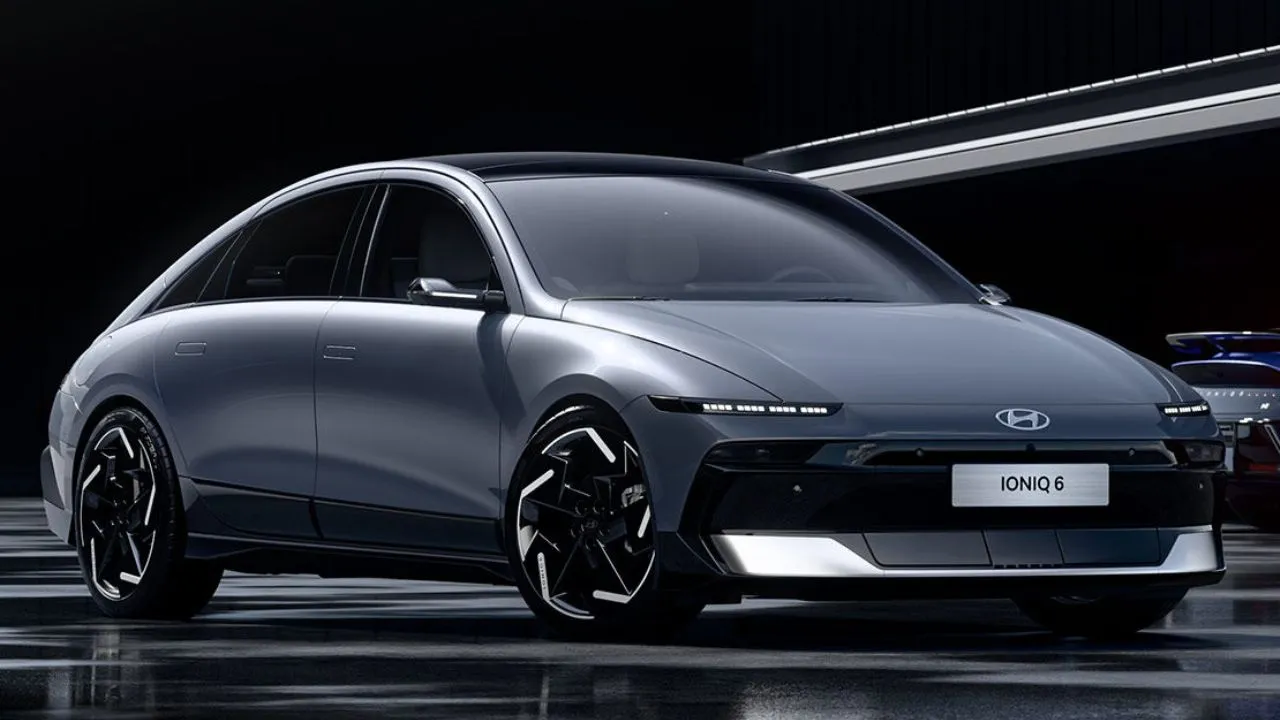



















Write your Comment on